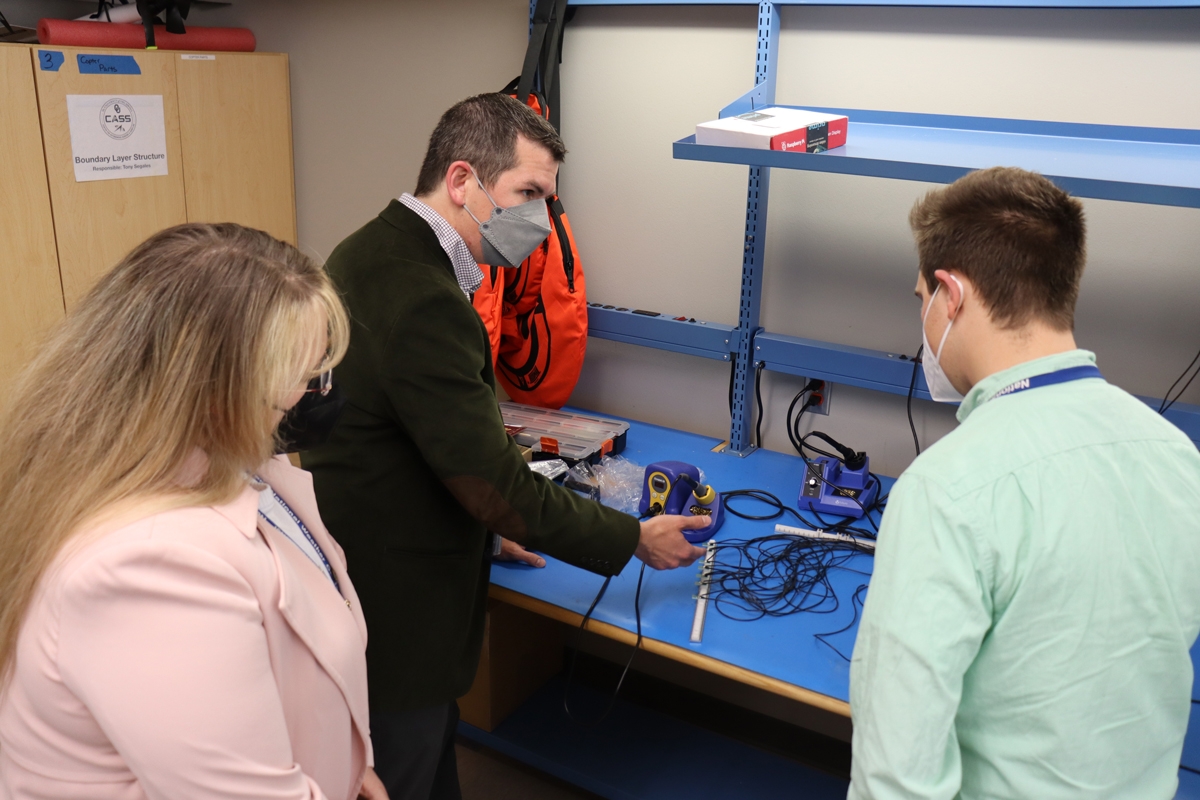Most people associate clouds with precipitation like rain or snow, but clouds influence many atmospheric processes. Cloud formation is affected by turbulence, which creates fluctuations of wind speed, wind direction, temperature, humidity and the concentration of water droplets in the air. However, those interactions are currently difficult to study.
Scott Salesky, an assistant professor of meteorology in the College of Atmospheric and Geographic Sciences at the University of Oklahoma, is leading research that will improve the way clouds are represented in weather and climate models. The five-year project is funded by a $763,930 Faculty Early Career Development (CAREER) Award from the National Science Foundation.
“Clouds have a very important influence on Earth’s climate,” said Salesky. “There’s a lot of focus on the role of greenhouse gases in climate, but clouds are also very important. Clouds can reflect solar radiation, and changes in cloud cover could be as important to climate as increases in greenhouse gases.
“The interesting thing about clouds is that there are a lot of processes that happen at different spatial scales that are all coupled together,” he added. “At very small scales, you have cloud droplets forming and growing, and they can interact with turbulence which can impact large-scale cloud properties, such as clouds’ lifetimes, how much sunlight they reflect (what we call albedo), and also the sizes of the droplets in the clouds, which can determine how quickly it might precipitate.”
This project will use simulations of small-scale interactions between millions of cloud droplets and turbulence and will allow the researchers to track the droplets’ positions, movements and sizes as they interact to form, grow and evaporate.
“When you run a weather or climate model, none of those small-scale processes are going to be resolved, so we’re learning how to accurately represent this small-scale droplet formation and growth and how it’s impacted by turbulence in larger-scale weather and climate models,” Salesky said. “From this very small-scale information, we’re going to better understand interactions between turbulence and what we call the microphysics – droplet formation, growth and evaporation.”



